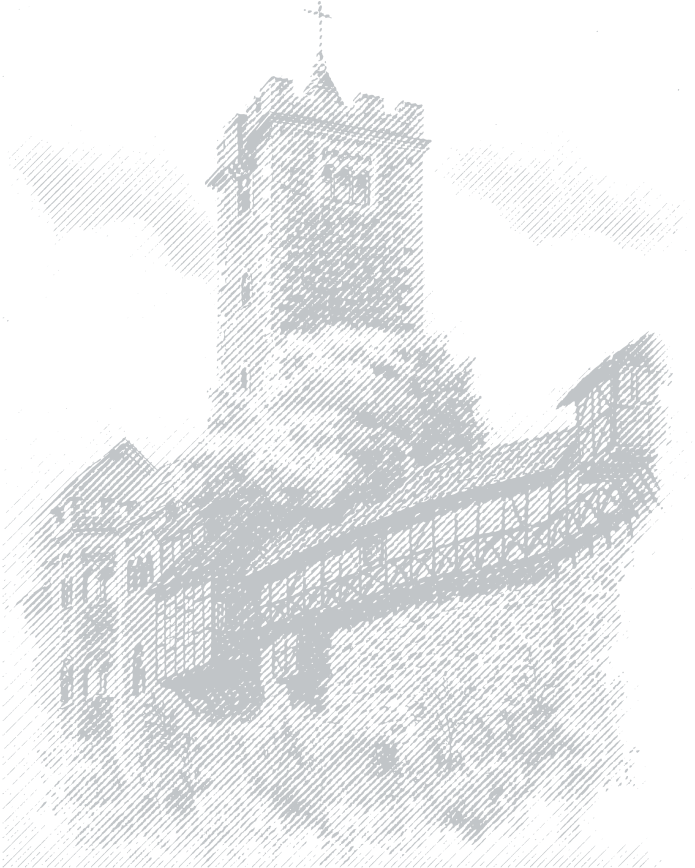
Financial Literacy Resources
What IS Financial Literacy: Financial Literacy has become quite the buzz term on college campuses. In a nutshell, Financial Literacy is defined as possession of knowledge and understanding of financial matters. More specifically, it refers to the set of skills and knowledge that allows an individual to make informed and effective decisions through their understanding of finances. It is our goal at Wartburg College to provide our students with the tools and knowledge they need to make sound financial decisions during their college careers as well as after they graduate. Here are some statistics:
- Finances are the #1 reason that students withdraw from college and what gives them the most stress.
- A study of 1,065 teens found that 21% of 18 and 19-year olds have credit cards.
- People in the 18 to 24 age bracket spend nearly 30% of their monthly income just on debt repayment, double the percentage spent in 1992 (10% of net income is a recommended amount for debt obligation).
- The average 21 year-old in the U.S. will spend more than 2.2 million in their lifetime.
- 40% of Americans say they live beyond their means.
- The average household with debt carries approximately $10,000 to $12,000 in total revolving debt and has nine credit cards.
- 45% of college students are in credit card debt, the average credit card debt being more than $3,000.
- The number of 18-24-year-olds declaring bankruptcy has increased 96% in 10 years.
- In 2002, more people filed for bankruptcy than graduated from college in 2002.
- Personal bankruptcies nearly doubled in the past decade, including more than 1.6 million people who filed for personal bankruptcy in 2003.
- Home foreclosures in 2002 reached the highest rate in 30 years.





